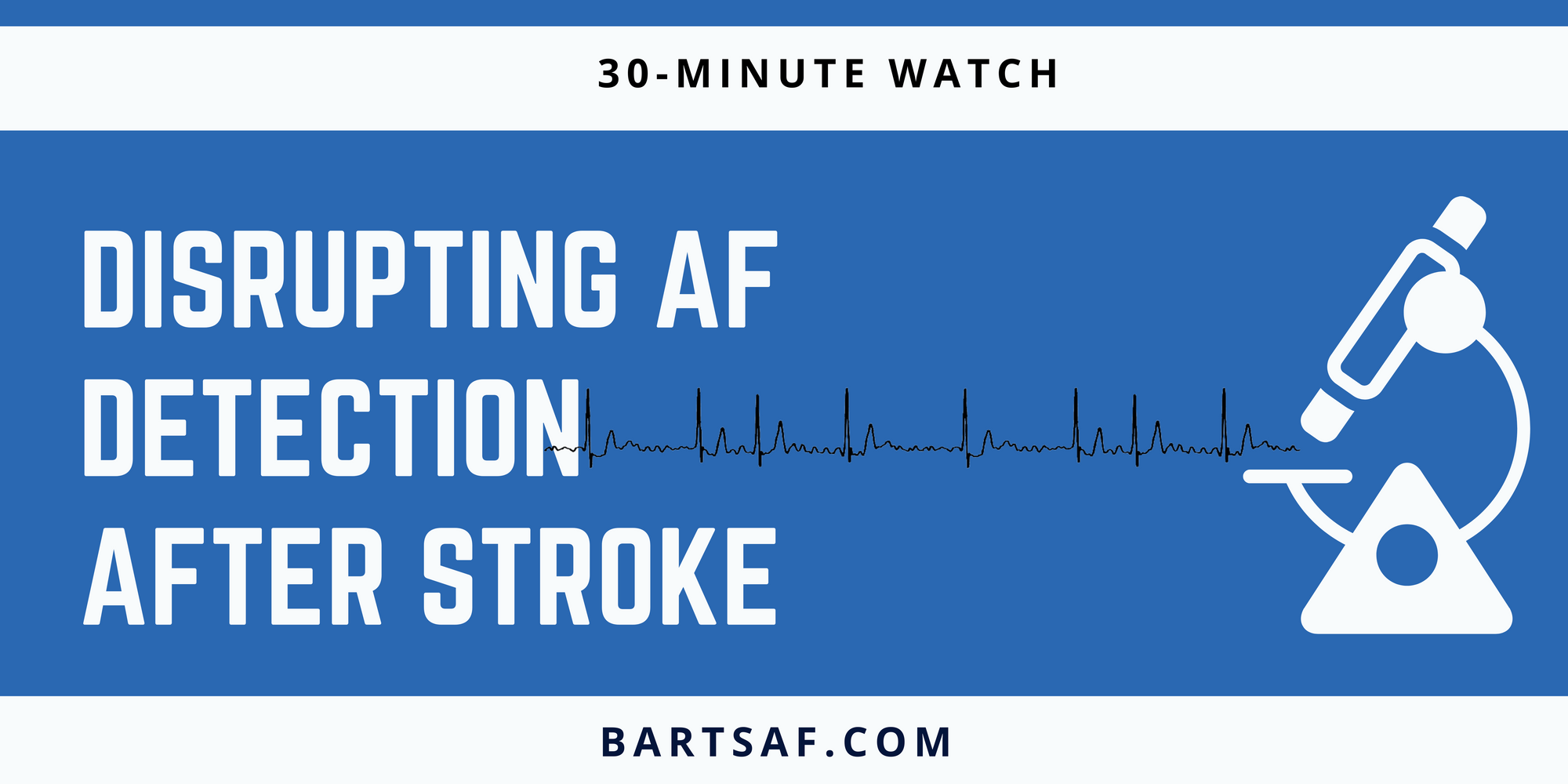Disrupting AF detection after stroke

It is important to remind ourselves why AF treatment is so important. Without taking away from the severity of AF symptoms, stroke is the most feared complication- 5-6 fold more likely in patients with AF.
Yesterday I had the opportunity to speak on innovative ways to catch AF in stroke patients at the Royal College of Physicians Annual Conference Medicine 2023.
Some key takeaways:
- Even with the best care, stroke recurrence rates are still high at around 12-14%. These account for 25% of all strokes in the UK.
- Long-term continuous monitoring using implantable cardiac devices has shown that about a third of stroke survivors have undiagnosed AF.
- There is no perfect monitoring system- implantable devices pick up the most AF but they cost more, have longer waiting times and require specialist implanters.
- Innovative wearable technologies like patient LED wearables and patch technologies can offer longer periods of monitoring and potentially higher AF pickup rates, providing an alternative to the standard Holter monitor.
- These technologies also provide 'big data' that could help personalise stroke care.
- But biases and issues related to patient demographics and socioeconomic factors need to be addressed to ensure equal access to these technologies and their benefits.
This is patient-led monitoring and so I want to share the whole talk with you here. Forgive the audio, I used a dictaphone voice recorder so that I could share it with you. It's 30 minutes long- please let me know what you think!
